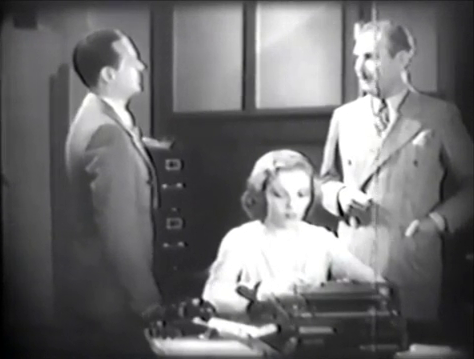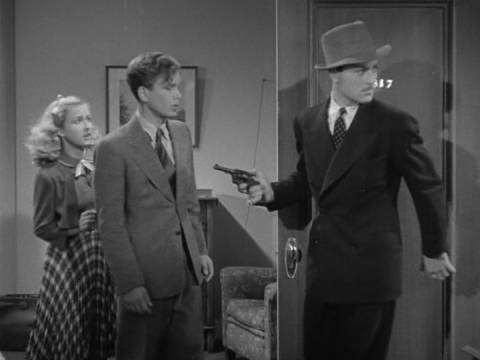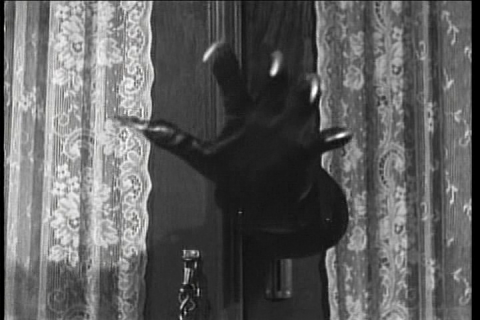The evil crime genius Dr. Mabuse has been locked up in an asylum for years. And yet, there are rumours that his band of criminals is again operative, and they commit crimes that seem strangely similar to Mabuse’s old modus operandi. In Das Testament des Dr. Mabuse (The Testament of Dr. Mabuse), Fritz Lang’s master criminal from the previous film Dr. Mabuse, der Spieler (1922) is set against Inspector Lohmann, previously seen in yet another Lang classic, M – eine Stadt sucht einen Mörder (1931). And we, the audience, are in for a treat.
Das Testament des Dr. Mabuse was the last of Fritz Lang’s long line of classic masterworks. Lang had directed films since the late 1910s, and starting with his first Mabuse film, Dr. Mabuse, der Spieler (1922), every film he made for the next decade was destined to become one of the great classics of cinema and extremely influential upon future film makers.
After 1933, Lang continued to make competent films, such as Scarlet Street (1945), but none were as groundbreaking or brilliant as his earlier works. Two things happened after completing Testament that may have caused Lang’s filmmaking to take a new direction. First he separated from his wife, Thea von Harbou. She had cooperated with him throughout his greatest period, mainly doing the writing of the films. I do not know enough to say how the separation may have effected Lang, but just by looking at all the great films they made together, I think it is safe to say that her impact upon his films must have been considerable.
The second event was that Lang wisely decided to leave Germany to avoid the Nazis. Hitler came to power earlier the same year that Das Testament des Dr. Mabuse premiered, and there are apparently many small critical references to the Nazis woven into the dialogue of the film (though I will happily admit that, not knowing I aught to look for them, I missed them all when I saw the film).
This film is best enjoyed if you are prepared for Lang’s somewhat different visual and narrative style. Das Testament des Dr. Mabuse is in many ways closer to the 1920s than contemporary films from other parts of the world, and if you are used to film from the 1940s on, you may actually feel more comfortable watching one of Lang’s Hollywood productions.
Das Testament des Dr. Mabuse
Download link
Year: 1933
Language: German (English subtitles)
Running time: 2 h 1 min
Director: Fritz Lang
Stars: Rudolf Klein-Rogge, Otto Wernicke
Image quality: Excellent
Resolution: High (848×738)
Sound quality: Good
Best file format: MPEG4 (1.4 G)



















